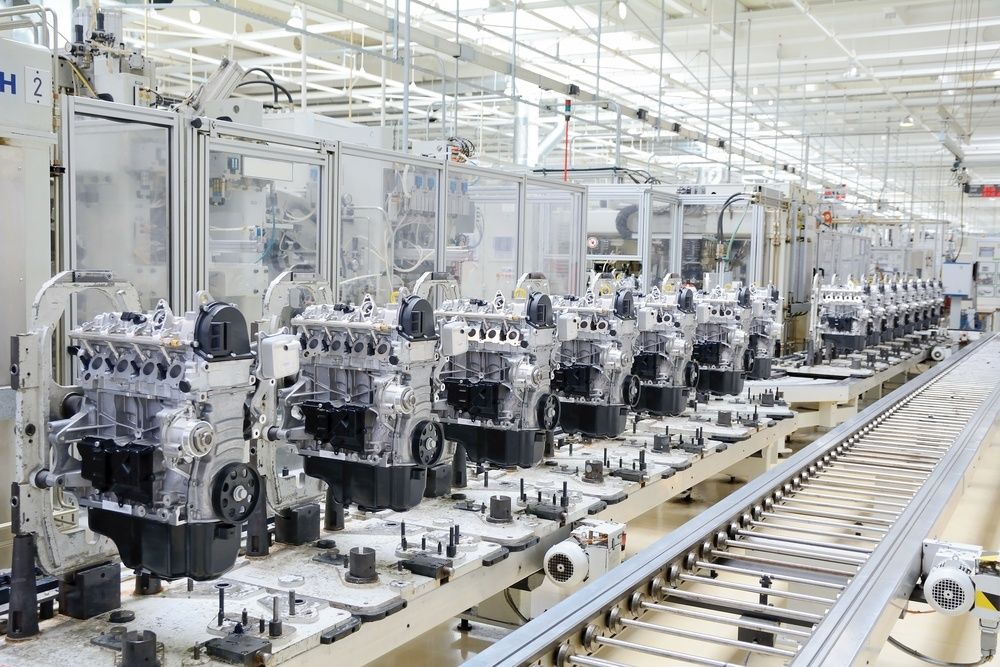How Edge Computing & the IoT Can Help Organizations Make Better (and Faster) Decisions
To achieve maximal efficiency, businesses must process and analyze data in near-real-time — to do that, they need edge computing. As any business...

By combining the power of edge computing with the flexibility of the cloud, fog computing has the potential to boost the efficiency of IT operations in a variety of industry verticals.
On March 18, a pedestrian was struck and killed by an Uber-owned self-driving SUV in Tempe, Arizona. While there was a backup driver in the car at the time of the crash, they were not able to react quickly enough to prevent the tragedy. Less than a week later, a Tesla Model X SUV with its Autopilot feature engaged, collided with a highway lane divider in Mountain View, California, fatally wounding its backup driver.
The vehicles’ failure to react quickly enough to unusual road conditions — in other words, their latency issues — played a key role in both of these tragic incidents. Disasters like these underscore the growing need for a faster, more nimble computing paradigm that is optimized for the demands of cutting-edge technologies. As this need has become progressively clearer in recent years, the IT community at large has responded with a promising solution: fog computing.
According to research commissioned by the OpenFog Consortium, the value of the global fog computing market is set to skyrocket over the next half-decade, jumping from just over $1 billion this year, to $3.7 billion next year, to as much as $18.2 billion in 2022. Much of this growth will be concentrated in industry verticals where reducing network latency is a pressing priority, with energy ($3.8 billion by 2022), transportation ($3.3 billion by 2022), and healthcare ($2.7 billion by 2022) set to experience the fastest growth.
Fog computing is an end-to-end horizontal network architecture designed to bring the prime functionalities of the cloud (computing, storage, network control, etc.) closer to the network’s edge, thereby bringing the cloud down to the “ground” — hence, “fog.” Fog computing is not a replacement for cloud computing so much as an attempt to manage its use, offering greater control over what kind of data gets sent all the way to cloud environments and how it’s collected, processed, and stored.
Many people equate fog computing and edge computing, but while the two are closely related, they’re not quite the same thing. Whereas fog computing is structured around “intelligent” fog nodes that constitute a LAN, edge computing is structured around “intelligent” edge devices like programmable automation controllers.
Fog computing originally emerged as a solution to some of the cloud’s biggest drawbacks. While traditional edge devices and IoT sensors generate a vast amount of data related to both network performance and external (physical) conditions, they don’t have the compute and storage resources required to perform even basic analytics — nevermind complex, machine learning-based analyses. Of course, cloud servers have more than enough resources to handle these tasks, but they are often located too far away to do so in a timely fashion.
What’s more, while cloud infrastructures themselves are becoming more secure by the day, the lines of transmission an organization must use to ferry data from its edge devices to the cloud are not always sufficiently private or secure.
In a fog computing setup, data collected by edge devices is initially transmitted to a “fog node” — usually a smart router or gateway — that is provisioned with enough compute and storage to handle basic and intermediate analytics tasks. If a fog node determines that it’s unable to tackle a particular processing task, it will direct the relevant data to the cloud. Not only does this limit the security and privacy risks of transmitting all of one’s data to the cloud, but it also reduces network latency and bandwidth consumption — something that is particularly valuable for organizations that rely on the public cloud for flexibility.
According to research published in Sensors, the efficiencies created by a well-conceived fog computing architecture can be quite substantial. In one experiment, the researchers found that a fog architecture decreased the number of data packets transmitted over a wireless link from a LAN to a cloud by 98%. Further, the average information query time of the fog architecture (5.3 milliseconds) was substantially less than that of a standard cloud architecture (8.9 milliseconds).
Ultimately, the benefits of fog computing extend well beyond verticals like energy, transportation, and healthcare — fog computing represents a viable option for any organization looking to improve the performance, efficiency, or security of its software-defined networking. That said, realizing the full potential of fog computing requires a great deal of networking prowess, which is why organizations that are venturing into the fog for the first time should consider partnering with a networking expert like Turn-key Technologies (TTI).
At TTI, we have nearly three decades of experience helping organizations prepare their IT infrastructures for the next wave of networking technologies, be it the IoT, 5G, artificial intelligence, or fog computing. Our skilled technicians have the know-how necessary to craft a tailored networking solution that not only maximizes your performance now, but prepares you for the inevitably foggy future.

To achieve maximal efficiency, businesses must process and analyze data in near-real-time — to do that, they need edge computing. As any business...

The steady rise of cloud computing has compelled many enterprises to pivot away from data center hyper-consolidation and toward more decentralized...

Network management tools designed to command the ever-expanding web of assets at the network’s edge will make the new computing paradigm more...